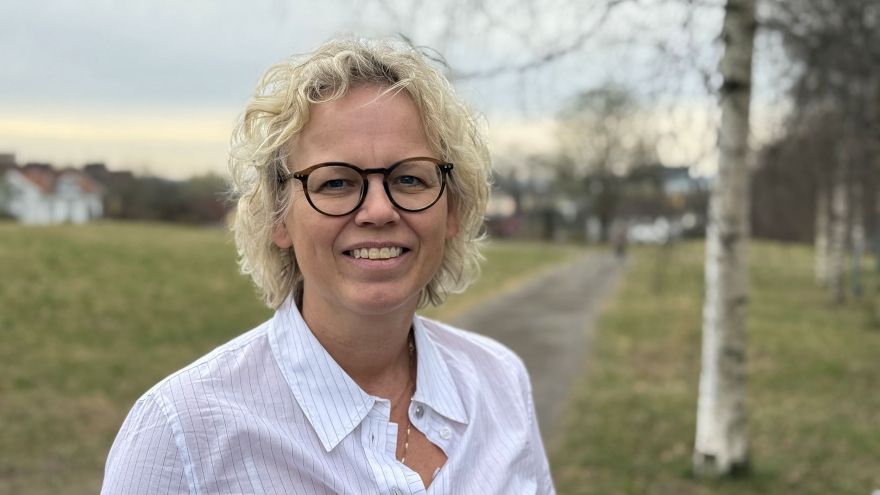How should resources in the healthcare system be distributed as fairly as possible?
In Norway, the government is about to release a brand-new prioritisation report to ensure the greatest possible health gains for the population within the financial and legal framework of the healthcare system.
"We have to prioritise because we have limited resources. If we had unlimited resources in terms of healthcare professionals, hospitals, medicine and financial resources, we could have done much more. In Norway, some say that because we have all the oil money, we should be able to do everything, but the reality is that we have a daily shortage of healthcare professionals, among other things, and therefore we must prioritise. If we choose one type of treatment, we must opt out of another. These priorities happen all the time."
So says Eline Aas, Professor at the Department of Health Management and Health Economics at the University of Oslo. She has led the NordForsk-funded health project PRECISE: A health economic approach to evaluate uncertain evidence in personalised medicine. One of the aims of the PRECISE project has been to contribute to better health decisions that will make it easier to approve cost-effective personalised medicine.

In recent years, the development in medicine is that we can increasingly design treatment for the individual patient based on the patient's characteristics. This is called personalised medicine. This doesn't mean that the individual patient hasn't been considered in the past, but now there are more tests and better diagnostics to offer more personalised treatment for each patient.
When prioritising medical treatments, there is one criterion that is most important.
"In Norway, there has been a desire to prioritise severity for many years. Patients who are at risk of losing years of life are we willing to spend more resources on this patient group than other patient groups who are less seriously ill," she says.
Studies put prioritisation to the test
In Norway, the Directorate for Medicinal Products uses the prioritisation report as a basis for assessing whether purchasing medicine is cost-effective.
"These decisions are being put to the test now, because with personalised medicine there will be smaller study populations. When we've evaluated whether a new treatment has worked in the past, it's often been based on a large group of patients, which makes it easier to conduct clinical trials and find out if a treatment works. However, when patient groups with the same signs of disease become smaller and smaller, it is more difficult to set up clinical trials and evaluate efficacy because the results are associated with much greater uncertainty."
Some of the PRECISE researchers have explored the challenges of predicting the long-term effects of a drug. How do we know if we have enough information about a drug to decide on whether to purchase it when many studies are based on immature or single-arm studies? These and other questions arise from the fact that many drug studies are being approved earlier than before, making the results more uncertain.
Read more about the project here: Evaluering av usikker evidens i persontilpasset medisin – PRECISE - Institutt for helse og samfunn
Read more about personalised medicine in this article: Nordic health data facilitates precision mental health care | NordForsk
Facts about precision medicine
- Also called personalised medicine.
- New technologies enable us to obtain large amounts of biological data from individuals. Precision medicine is based on this data.
- Precision medicine enables personalised prevention, diagnosis, treatment and follow-up, based on the unique characteristics of each patient, such as genetic profile and specific biomarkers.
- Sources: Det här är precisionsmedicin (Karolinska University Hospital 2024), Persontilpasset medisin eller presisjonsmedisin? (Kashif Waqar Faiz, Tidsskrift for den norske legeforening 2025)



